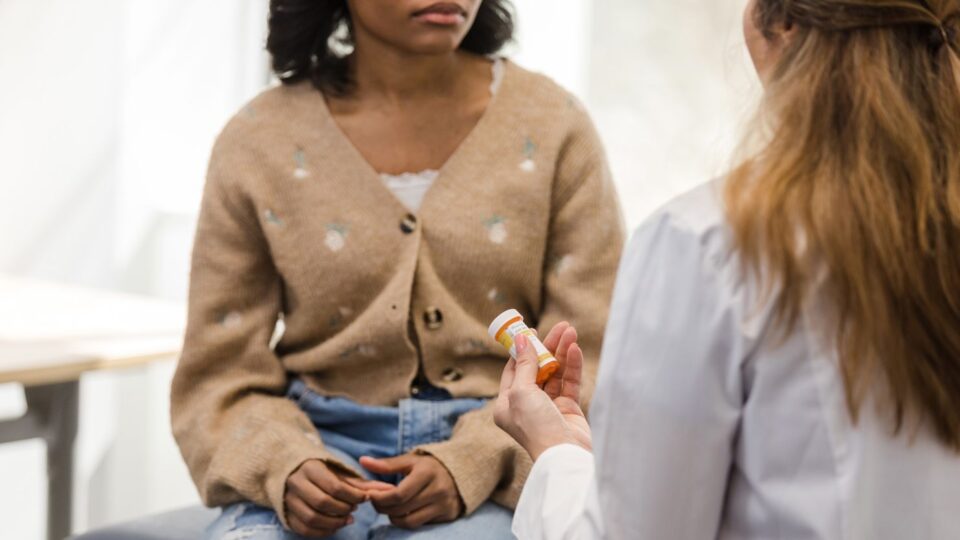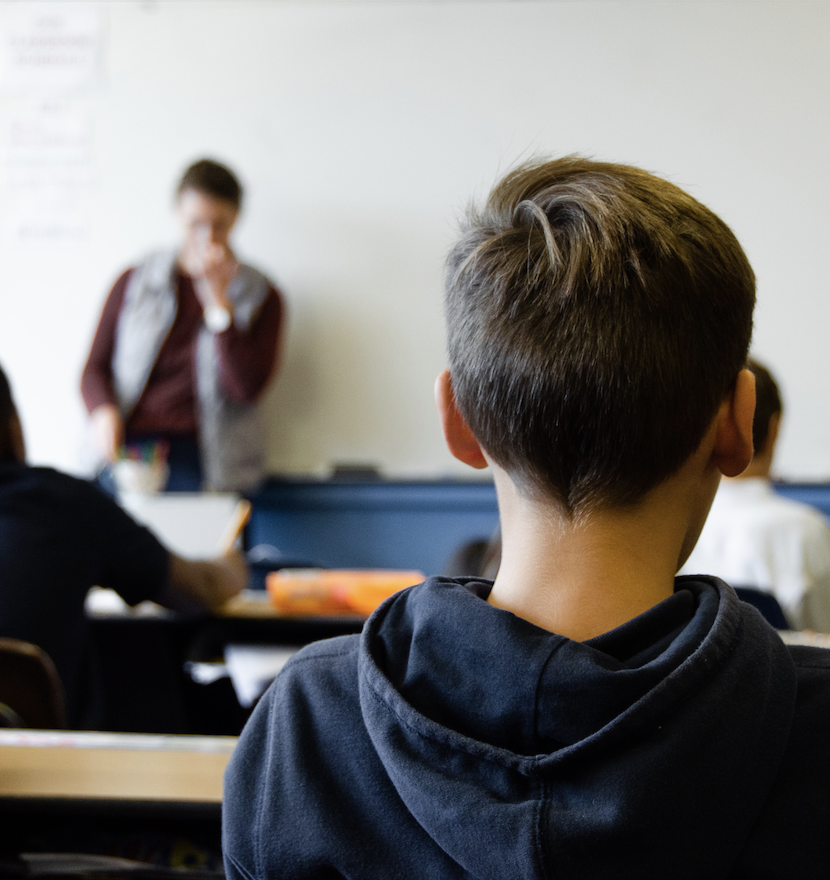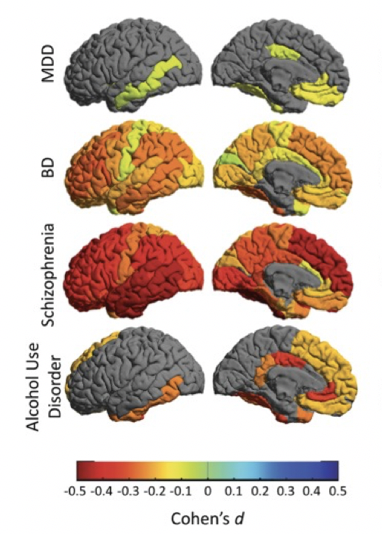
Teen Inflammation Glutamate Emotion Research (TIGER)
The TIGER study seeks to understand the roles of inflammation and glutamate on behavioral and neural phenotypes of depression in adolescents. We use dried blood spot testing to estimate peripheral levels of pro-inflammatory cytokines, magnetic resonance spectroscopy to image cortical glutamate, and multimodal MR imaging to characterize the structural and functional architecture of networks implicated in depression.
If you/your child are experiencing depression and want to become involved as a participant, click here.
If you or your child do not have a history of psychiatric or inflammatory conditions, click here.
Current study protocol (R01 – Clinical Trial)
Study protocol for TIGER (K01)
Inflammatory cytokines and callosal white matter microstructure in adolescents

Effortless Assessment Research System (TIGER EARS)
MR imaging is currently not an accessible technology but smartphones are. EARS is a pioneering smartphone app that leverages data collected seamlessly from naturalistic phone usage (including social media use, keyboard content, and geolocation) in order to infer cognitive and affective states relevant for depression risk. The goal of TIGER EARS is to integrate digital phenotypes with neurobiological phenotypes in order to move toward scalable biomarkers of depression. TIGER EARS is being conducted in collaboration with Dr. Nicholas Allen at the University of Oregon and founder of Ksana Health.
Neural correlates of depression-related smartphone language use in adolescents

Barriers to Being on Antidepressants (BOBA) and Beliefs on Behaviors and Access to Social Media (BOBAS)
The BOBA study comprises of focus groups and youth advisory boards to help researchers learn about the barriers that individuals who are historically underrepresented in biomedical research face with respect to participating in research studies.
We are also actively recruiting for BOBAS, which focuses on how best to conduct studies focused on the role of social media and social behaviors in depression from youth with lived experience. Please contact Cheryl Sun if you are interested in participating in BOBA/BOBAS or if you wish to work on these projects as a volunteer!

Stress, Emotion, Endocrine, and Neurodevelopment (SEEN)
The broad goal of SEEN is to elucidate the multifaceted roles of puberty on susceptibility to stress, mood dynamics, and longer term neurodevelopment. We are currently examining the effects of life stress, pubertal stage, and hormones on brain circuitry in a longitudinal study of typically developing youth in collaboration with Dr. Ian Gotlib at Stanford University. We are also currently examining the relative utility of pubertal indices in explaining neurophenotypes and risk for depression in the NIH-funded ABCD longitudinal study of over 11,000 youth using machine learning predictive analytics. We plan on extending this work with dense-sampling studies.

Women’s Affect, Variability, Endocrinology, and Stress (WAVES)
WAVES is a dense-sampling project led by graduate student, Melanie Dratva, that focuses on the role of ovarian hormones dynamics on brain-derived neurotropic factors and mood health in typically cycling women. Please contact Melanie Dratva if you are interested in participating in this study or joining her project team as a volunteer!

Enhancing Neuroimaging Genetics through Meta-Analysis (ENIGMA)
Dr. Ho collaborates with researchers around the globe through the ENIGMA consortium to identify the effects of depression and stress on brain morphometry.
Subcortical shape alterations in major depressive disorder: Findings from the ENIGMA Major Depressive Disorder Working Group
Childhood Maltreatment and Deviations from Normative Brain Structure: Results from 3,711 Individuals from the ENIGMA MDD and ENIGMA PTSD
Other ENIGMA publications
